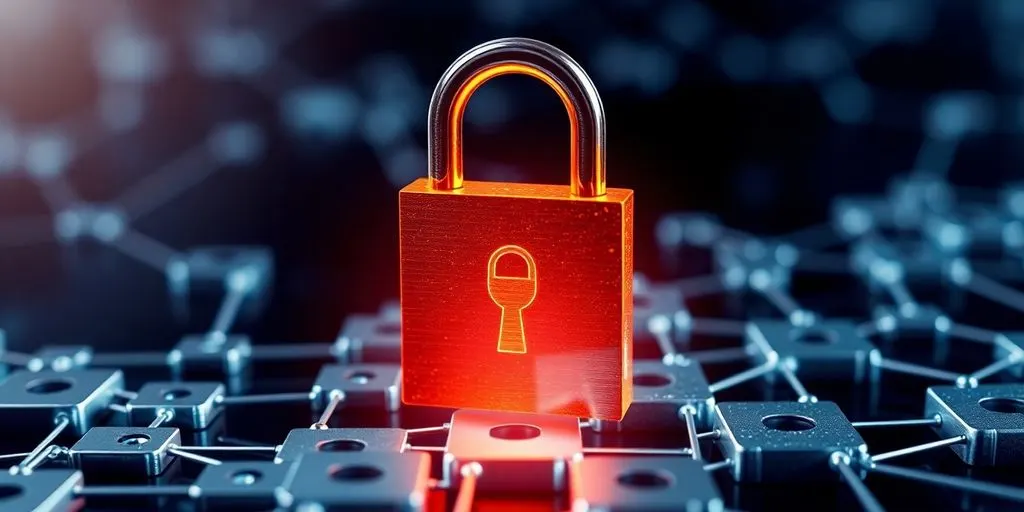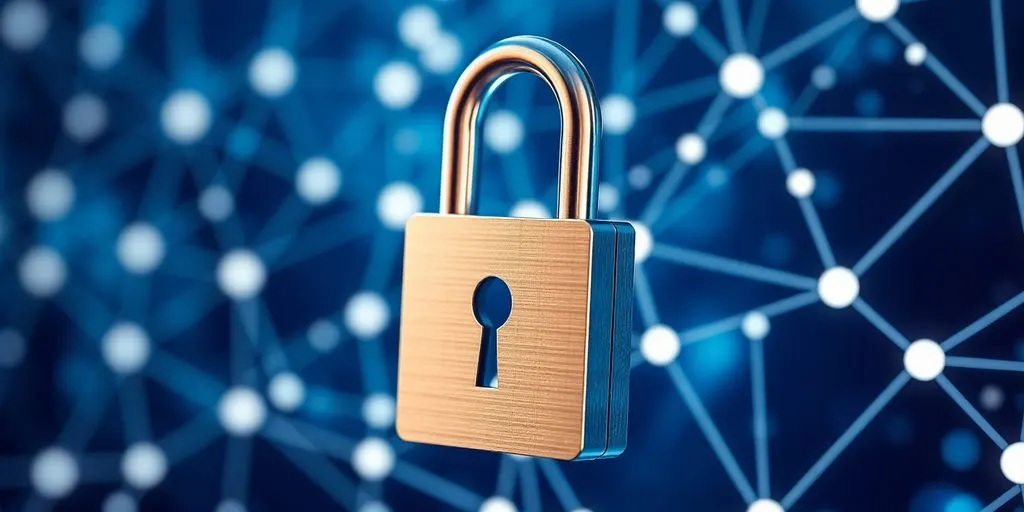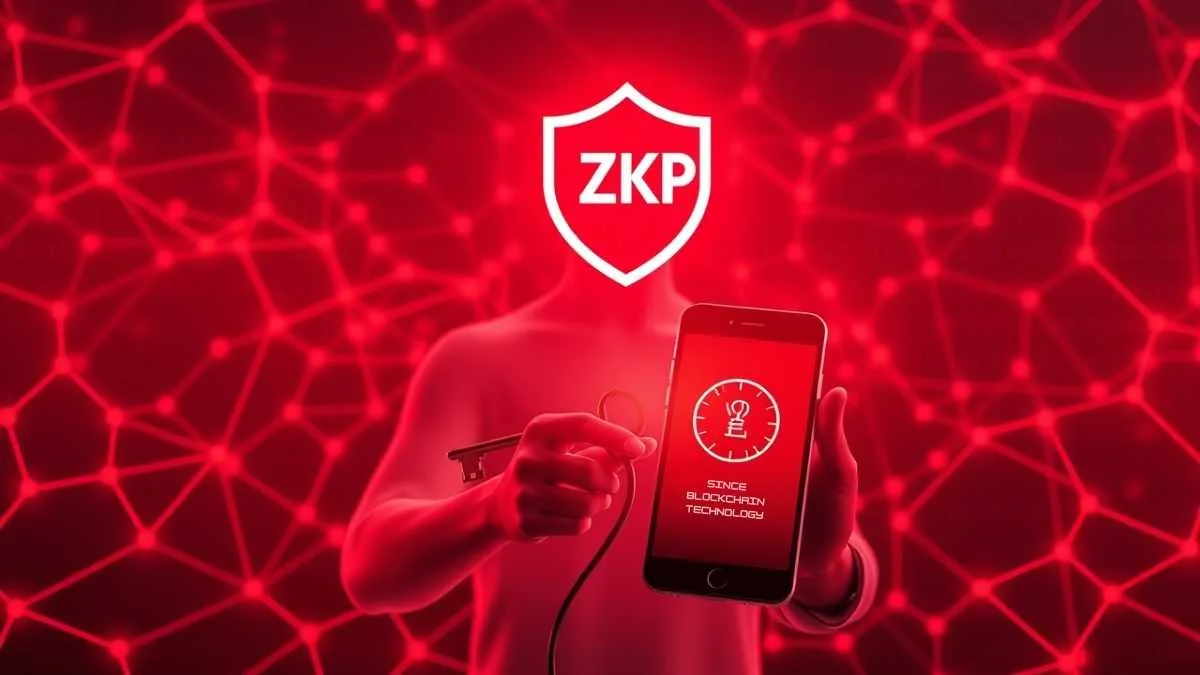Blockchain technology is changing the way we think about identity management. It offers a new framework that promises to enhance privacy and security, even though it operates publicly. This article explores how blockchain protects user identities while maintaining transparency and decentralization. We’ll look at various mechanisms and features that help keep personal information safe in a world where digital interactions are becoming the norm.
Takeaways
- Blockchain technology uses pseudonymity to protect user identities, linking them to cryptographic addresses instead of personal information.
- Cryptographic methods like public-private key pairs and hashing enhance security and keep identities anonymous.
- Self-sovereign identity (SSI) allows users to control their own data and share only what is necessary.
- Privacy features such as selective disclosure and zero-knowledge proofs help users verify their identity without exposing sensitive details.
- Despite challenges like data breaches and regulatory compliance, blockchain technology remains a strong solution for identity protection in public networks.
Understanding Blockchain Technology

Blockchain tech is getting a lot of buzz, but what’s it really about? It’s more than just cryptocurrency; it’s a whole new way of thinking about data and security. Let’s break down some key aspects.
Decentralization
Unlike traditional databases, blockchain operates on a network of computers, not a single server. This means no one entity controls all the data. It’s like having a shared document that everyone can see and verify. This makes it much harder for anyone to tamper with the information, because they’d have to hack into every computer on the network, not just one. Think of it as a digital democracy for data.
Transparency and Immutability
One of the coolest things about blockchain is that every transaction is public and permanent. Once a block is added to the chain, it can’t be changed or deleted. This creates a transparent and trustworthy system. While everyone can see the transactions, the users’ identities are often hidden behind cryptographic addresses, offering a degree of privacy. This combination of transparency and immutability makes blockchain so secure and reliable. You can check the blockchain’s immutability for yourself.
Blockchain Identity Management
Blockchain can revolutionize how we manage our identities. Individuals can control their digital identities instead of relying on centralized authorities like governments or banks. This is often referred to as self-sovereign identity (SSI). With SSI, you decide what information to share and with whom, giving you more control over your personal data. It’s like having a digital passport that you can use anywhere, without trusting a third party with your information.
Blockchain identity management is still in its early stages, but it has the potential to transform how we interact with the digital world. Imagine a future where you can easily prove your identity online without revealing sensitive information, or where you can seamlessly access services across different platforms without creating multiple accounts.
Mechanisms for Identity Protection

Blockchain tech is cool, but how do we keep our identities safe when everything’s out in the open? Turns out, there are a few tricks up its sleeve. It’s not perfect, but it’s a start.
Pseudonymity
Think of it like using a nickname instead of your real name. On the blockchain, your identity is tied to a cryptographic address, not your actual personal info. This pseudonymity means transactions are linked to this address, offering a layer of separation between your real-world identity and your blockchain activity. It’s not total anonymity, but it’s a step up from broadcasting your name with every transaction.
Cryptographic Techniques
Cryptography is the backbone of blockchain security. We’re talking about things like public and private keys, hashing, and even fancy stuff like zero-knowledge proofs. Public keys act like your account number, while private keys are like your password. You use your private key to sign transactions, proving you own the account without revealing the key itself. Hashing turns data into a unique, fixed-size string of characters, making it easy to verify data integrity. These techniques work together to keep your data safe and secure.
Self-Sovereign Identity
Imagine having complete control over your digital identity. That’s the idea behind self-sovereign identity (SSI). Instead of relying on a central authority to manage your identity, you own your data and decide who gets to see what.
- You control your data.
- You decide who to share it with.
- No more single points of failure.
SSI aims to give individuals control over their identity data without a centralized authority. Individuals can build autonomous digital identities, sharing their data when they want and with whom they want. With minimal exposure to any data, the functionality of this model protects against identity theft.
Privacy Features in Blockchain

Blockchain’s transparency can be a double-edged sword, especially regarding user privacy. Luckily, some cool features are baked right into help protect identities. It’s not perfect, but it’s a start.
Selective Disclosure
Selective disclosure is a game-changer. It lets you share only what’s needed, nothing more. Think of it like proving you’re old enough to buy something without showing your actual birth date. This is a big win for keeping your personal info under wraps. For example, you can use zero-knowledge proofs to verify claims without revealing the underlying data.
Zero-Knowledge Proofs
Zero-knowledge proofs are like magic tricks for your data. They let you prove something is true without revealing the information itself. Imagine proving you know a password without actually typing it out. This is super useful for identity verification, where you might need to confirm certain attributes without giving away sensitive details. It’s all about proving you meet the criteria without showing how you meet them.
Hashing Techniques
Hashing is another important piece of the puzzle. It transforms data into a fixed-size string of characters. It’s like scrambling an egg – you can’t unscramble it. This means that even if someone gets their hands on the hashed data, they can’t easily reverse it to get the original information. Hashing provides extra security and hides sensitive data. It’s a one-way street, which makes it tough for anyone to mess with the data without getting caught. Hashing algorithms are a key component of blockchain identity management.
Blockchain’s design offers strong identity protection in our digital world. Features like selective disclosure and zero-knowledge proofs help address privacy concerns, making it a solid choice for managing identities securely.
Here’s a quick rundown of how these features stack up:
- Selective Disclosure: Share only necessary info.
- Zero-Knowledge Proofs: Prove something without revealing the data.
- Hashing: Securely transform data to protect it.
Challenges in User Identity Protection

While blockchain offers promising solutions for identity management, it’s not without its hurdles. Several challenges need addressing to ensure user identities are truly protected.
Linkability Risks
Even with pseudonyms, transactions can sometimes be linked back to a real-world identity. This happens through transaction analysis, where patterns in spending or receiving funds can reveal connections. For example, if someone consolidates funds from multiple addresses into a single one to make a large purchase, that transaction could potentially be linked to their identity. This is a significant concern for those seeking true anonymity.
Data Breaches
Although the blockchain itself is secure, the systems interacting with it might not be. If a service storing user data linked to blockchain addresses suffers a breach, that information could be exposed. This is why it’s important to use services with strong security practices and to be mindful of the data you share.
Regulatory Compliance
Navigating the regulatory landscape is a major challenge. Different jurisdictions have varying rules about data privacy and identity verification. Blockchain solutions need to be designed to comply with these regulations, which can be complex and ever-changing. For example, GDPR in Europe places strict requirements on data processing and storage, which can impact how blockchain-based identity systems are implemented. It’s a tricky balance between providing privacy and meeting legal obligations. digital identity management is key to solving this problem.
One of the biggest challenges is balancing the desire for privacy with the need for accountability. How do we ensure that people can’t use blockchain to hide illegal activities while still protecting their right to anonymity?
Here are some of the challenges:
- User education is needed to understand how to manage private keys.
- Interoperability between different blockchains is needed.
- Scalability is needed as adoption increases.
Future of Identity Management in Blockchain
It’s interesting to think about where blockchain identity management is headed. Right now, it’s still pretty early days, but the potential is huge. The future likely involves more integration with other technologies and a greater focus on making it easier for everyday people to use.
Emerging Technologies
We’re already seeing some cool stuff happening. For example, the integration of blockchain with IoT devices could seriously boost security for device authentication. Imagine your smart fridge securely verifying its identity before ordering groceries – that’s the kind of thing we’re talking about. Also, AI and machine learning could play a big role in spotting fraud within blockchain identity systems. These systems could analyze behavior patterns to detect anomalies, making it harder for bad actors to get away with anything.
Interoperability Solutions
One of the biggest challenges right now is that different blockchains don’t always play nicely together. You might have a digital identity on one blockchain that you can’t use on another. That’s why interoperability solutions are so important. The goal is to create systems that allow for seamless connections across different blockchain networks. This could involve things like cross-chain solutions, which would let you use your digital identities across multiple platforms without any hassle.
User Education
All this fancy technology won’t matter if people don’t know how to use it. Many folks still don’t understand how to manage their private keys or navigate decentralized systems. That’s why user education is key. We need to make it easier for people to understand the benefits of blockchain identity management and how to use it safely. This could involve creating more user-friendly interfaces, providing clear and simple explanations of the technology, and offering training programs to help people get up to speed.
Ultimately, the success of blockchain identity management depends on making it accessible and understandable for everyone. It’s not just about the technology; it’s about empowering individuals to take control of their digital identities in a secure and user-friendly way.
Wrapping It Up
In conclusion, although blockchain is open for everyone to see, it has built-in ways to keep users’ identities safe. Using things like pseudonymous addresses and cryptographic techniques creates a layer of privacy. Users can interact without exposing their real names, which is a big deal in today’s digital world. As technology keeps evolving, these methods will likely get even better, helping to balance transparency with the need for privacy. So, while blockchain is public, it doesn’t mean your identity has to be.
FAQ
Blockchain is like a digital notebook that records transactions across many computers. It keeps this information safe and can’t be changed after it’s written down, which helps keep everything clear and secure.
Blockchain protects user identities by using special codes instead of personal information. It also uses strong math techniques to keep data secure.
Pseudonymity means that users are identified by a unique code instead of their real name, which helps protect their privacy.
Cryptographic techniques are methods that use math to secure information. They help keep user data safe and private on the blockchain.
Self-sovereign identity is when users have control over their own identity information. They can choose what to share and with whom.
Zero-knowledge proofs are a way for someone to prove they know something without showing the actual information. For example, proving you are old enough without saying your exact age.






